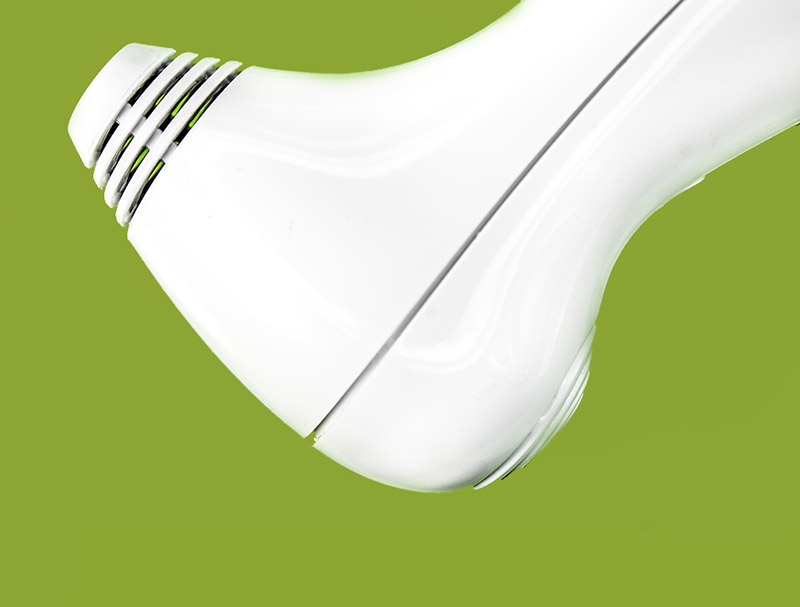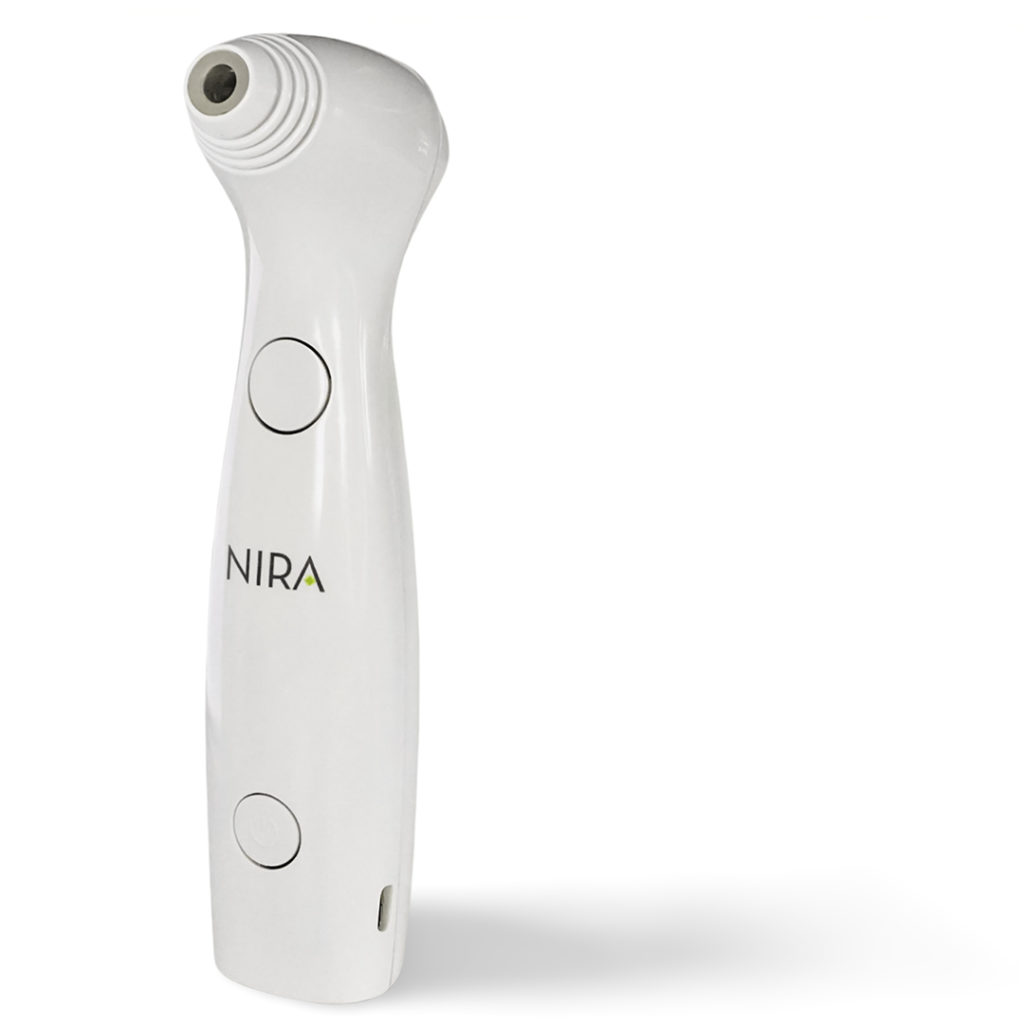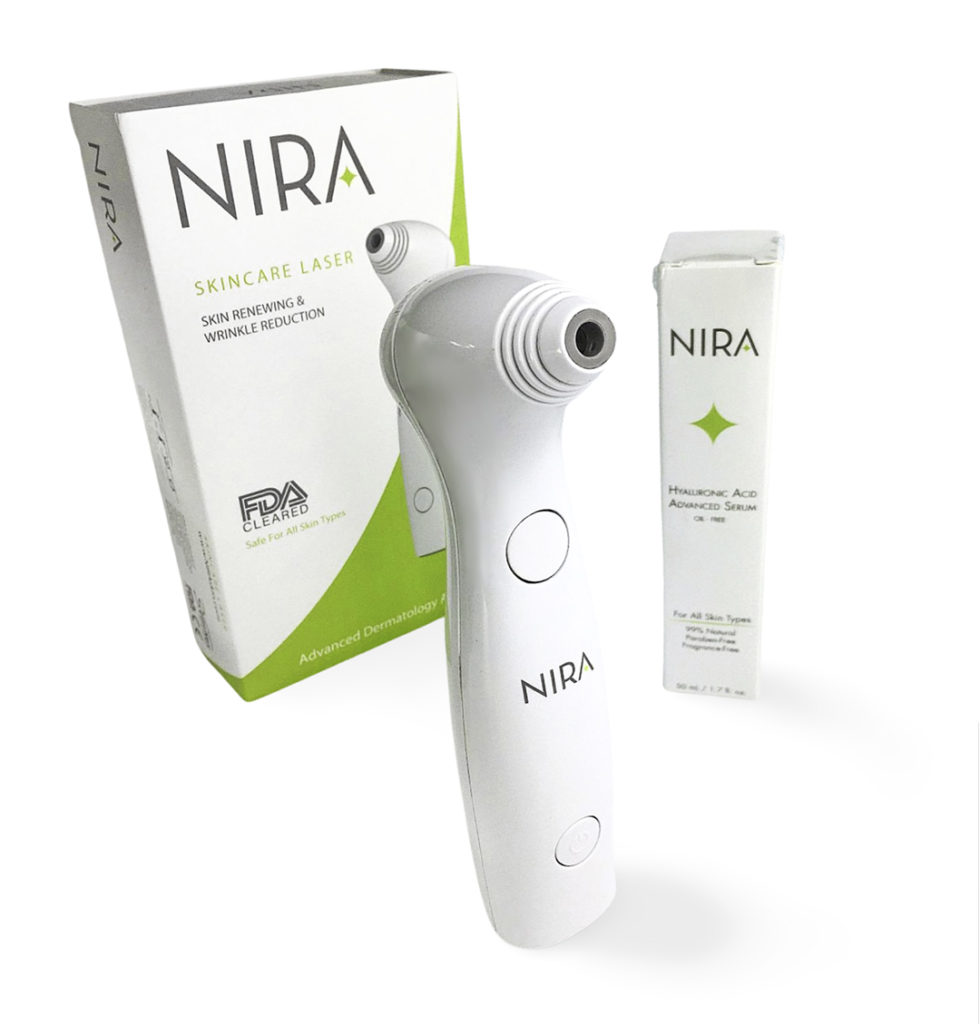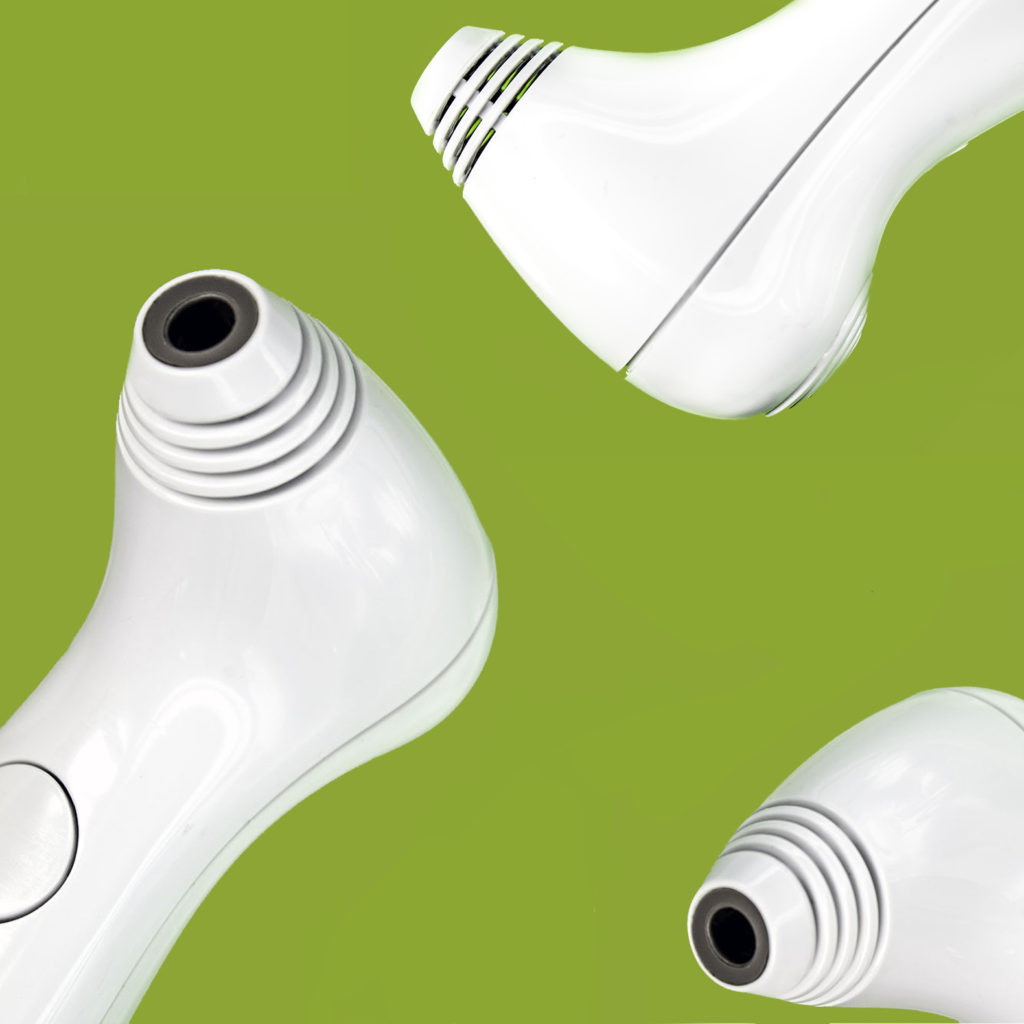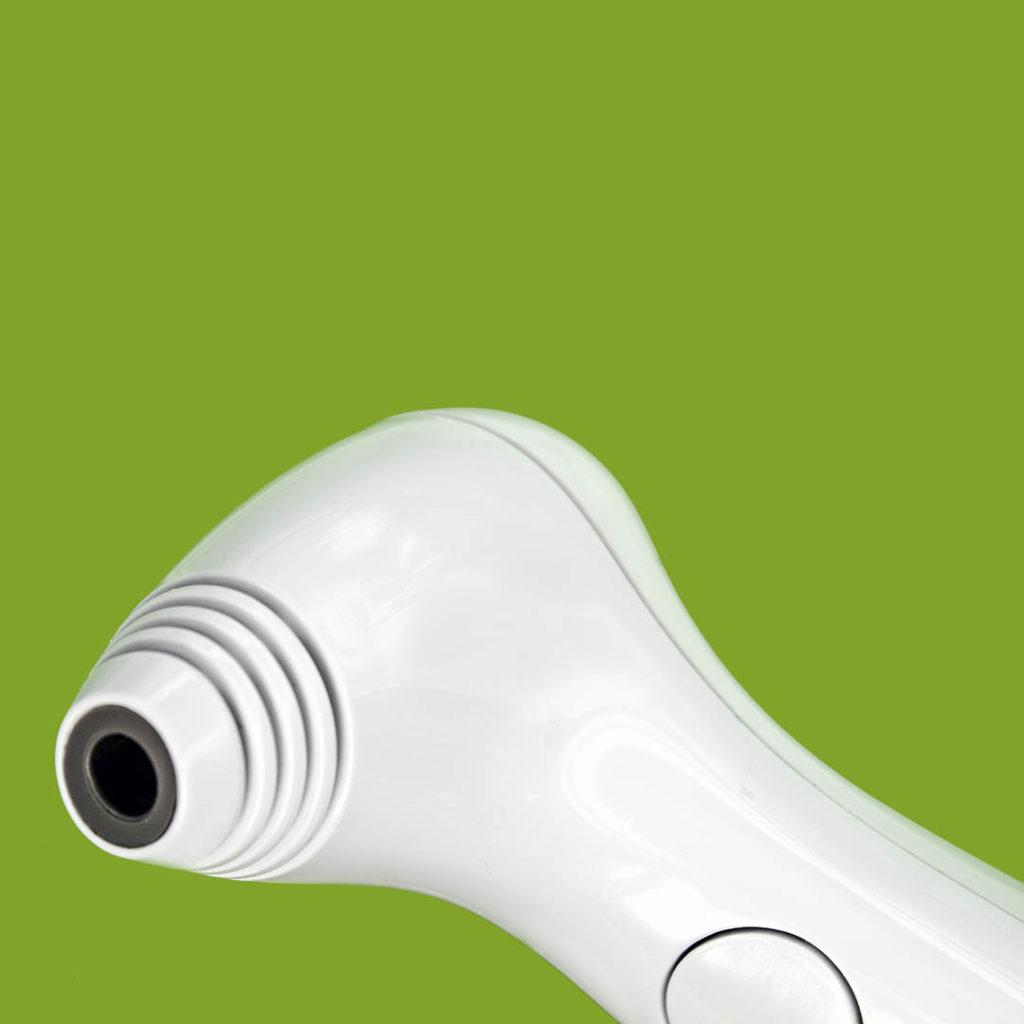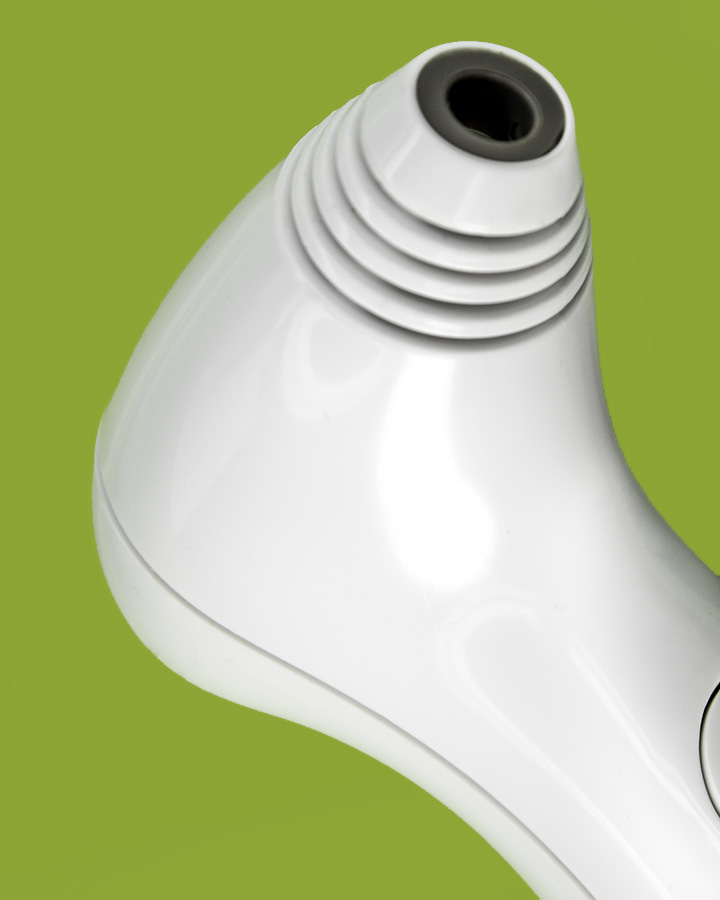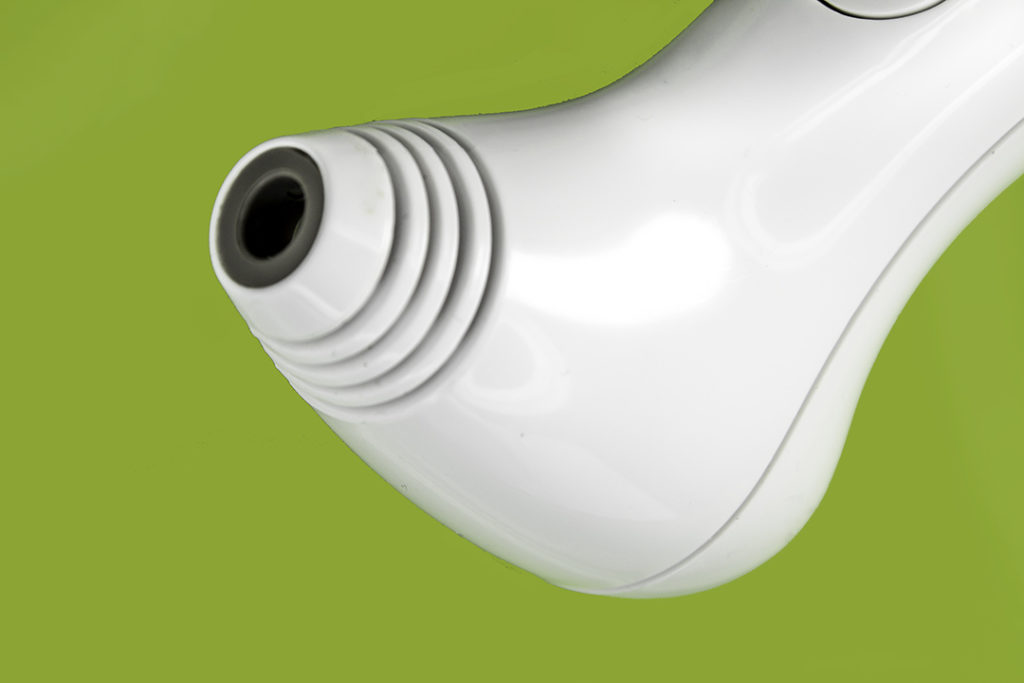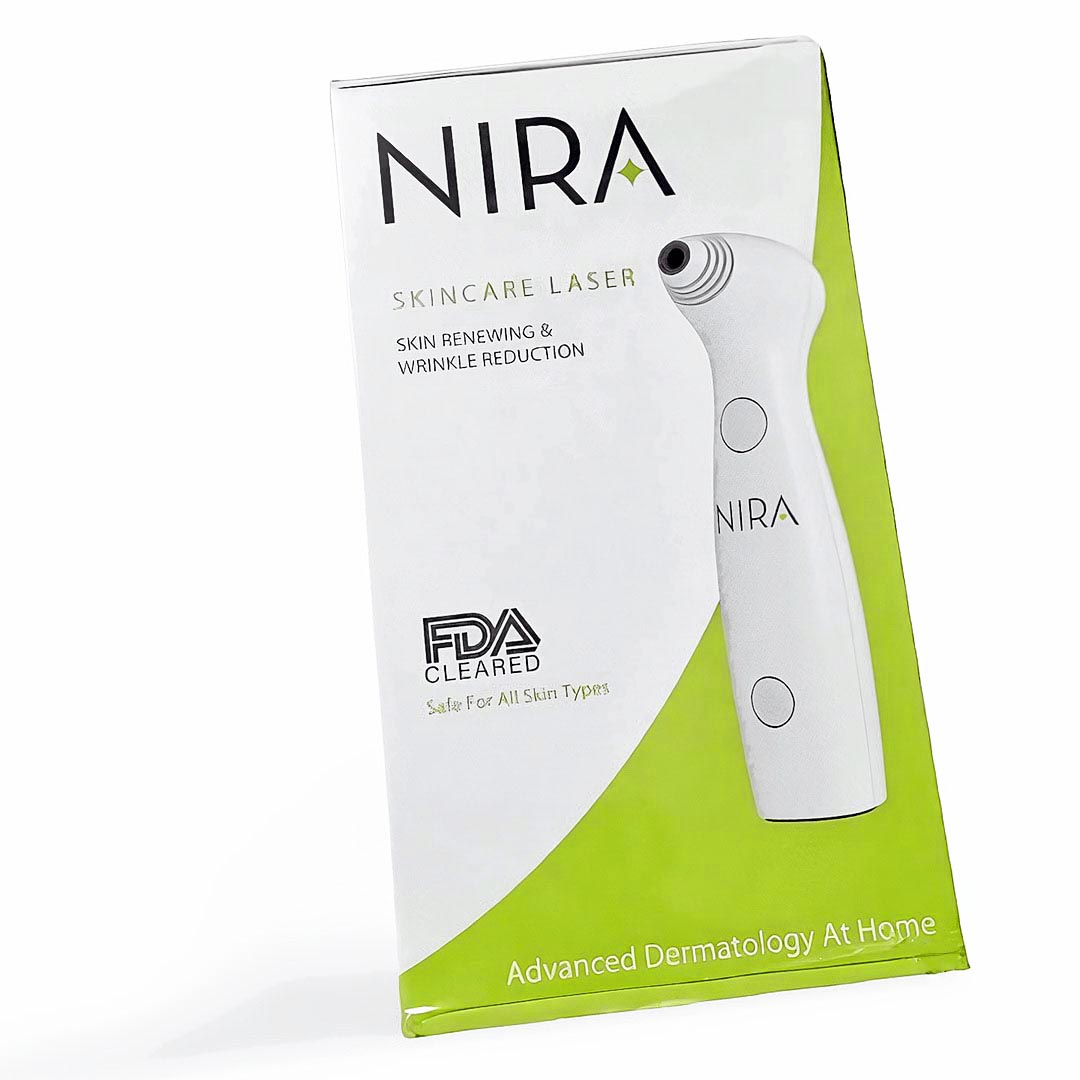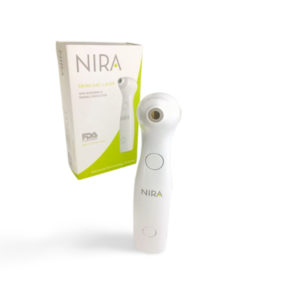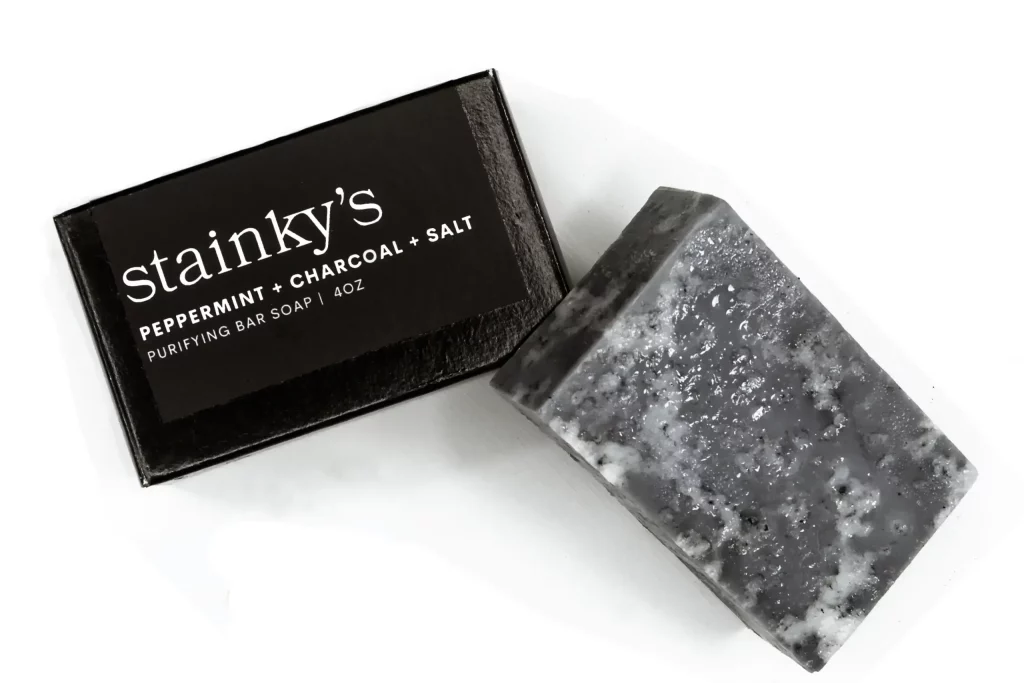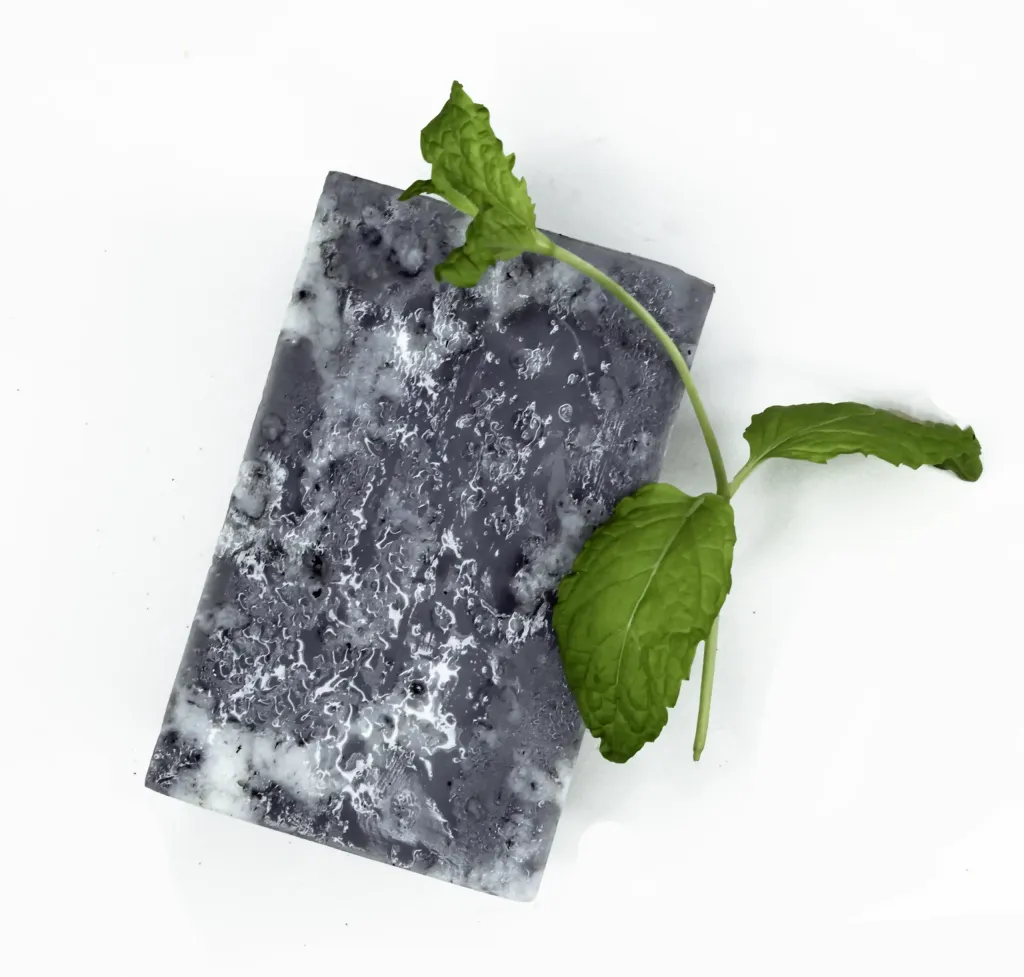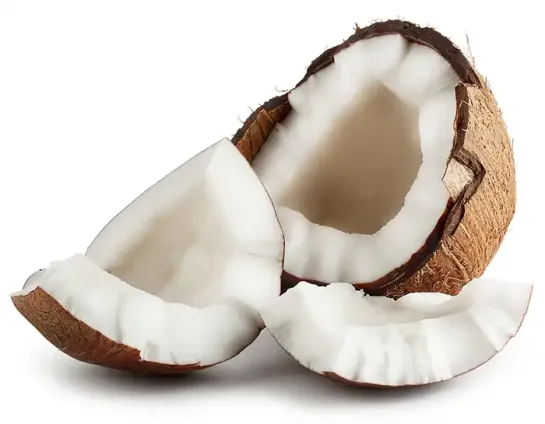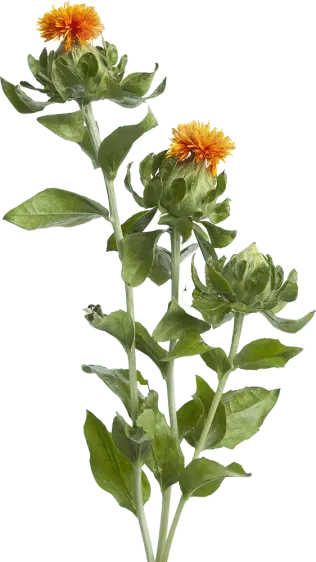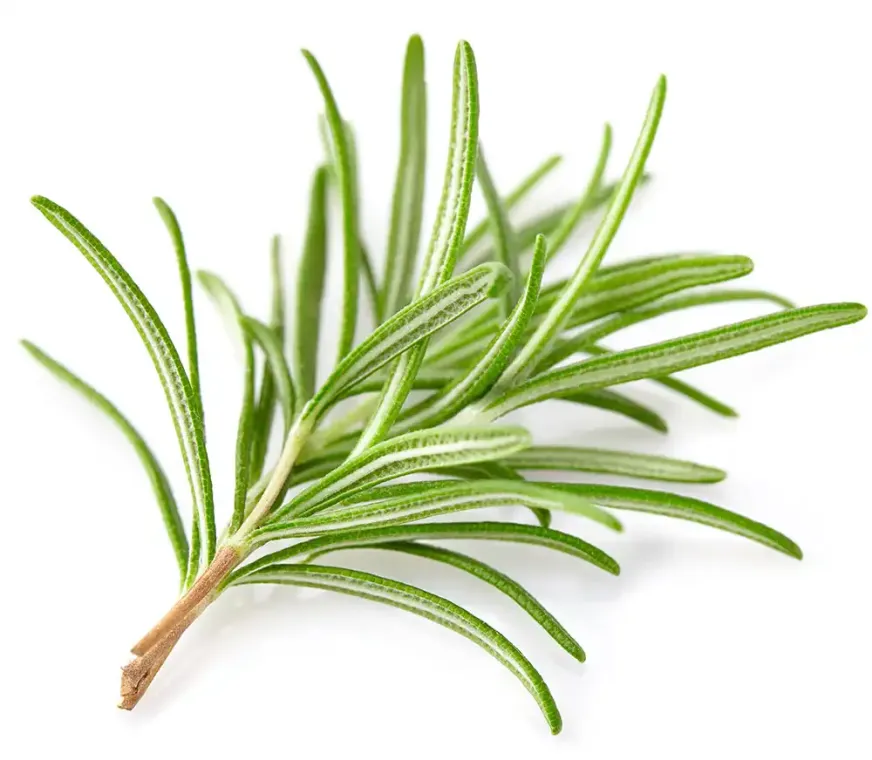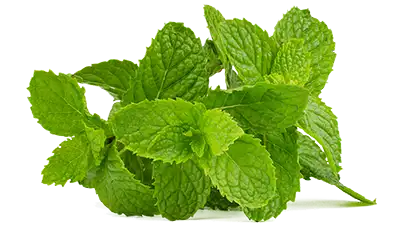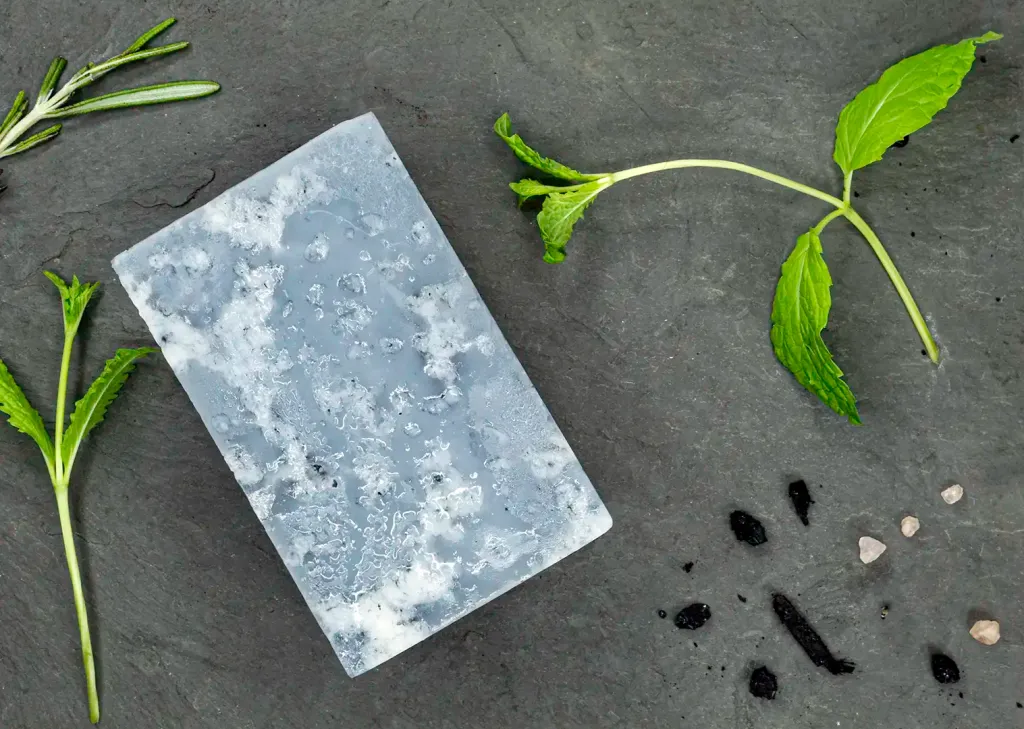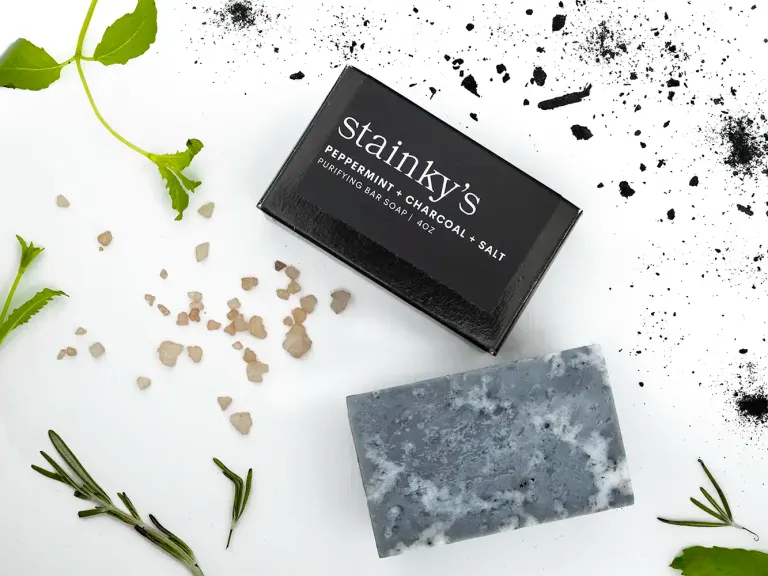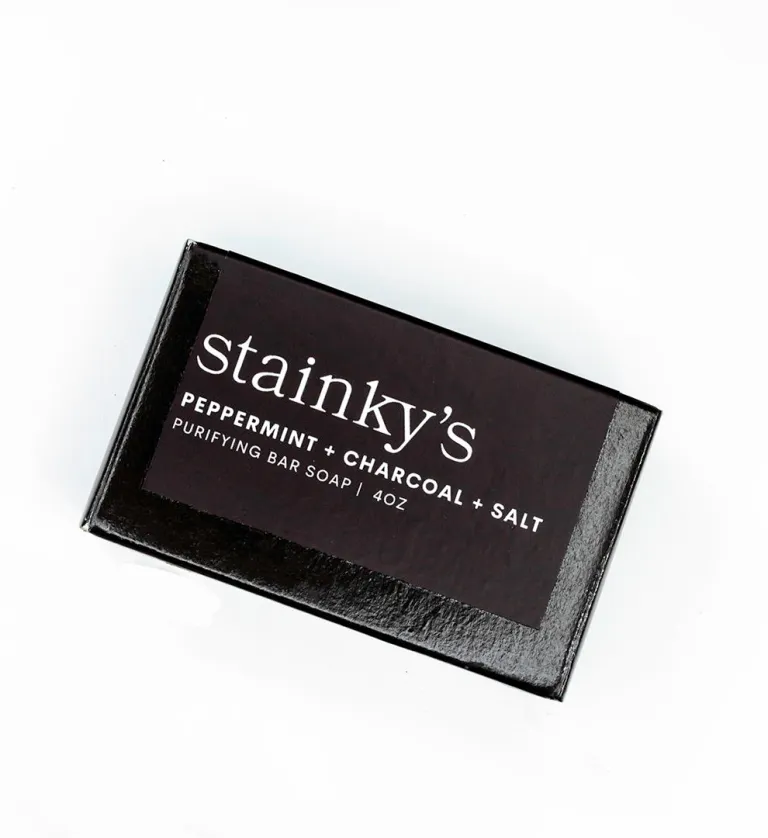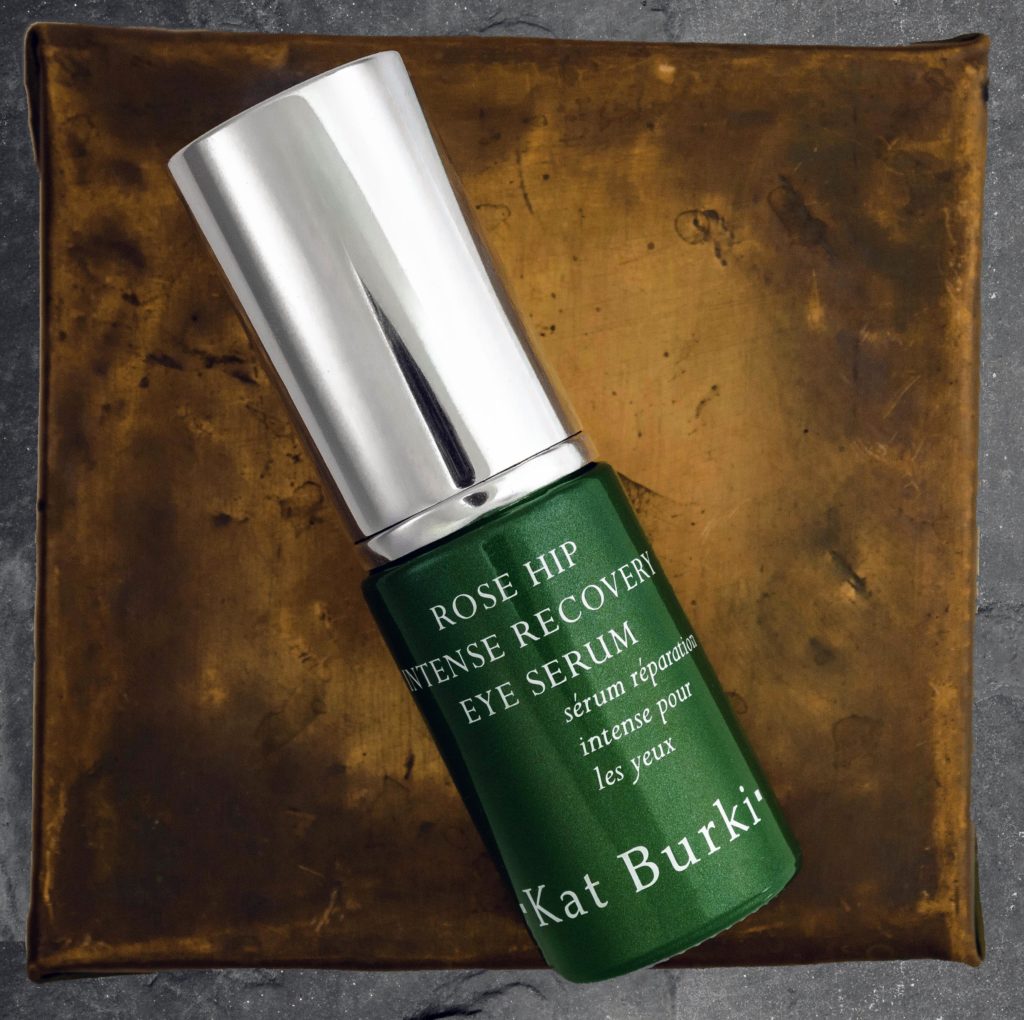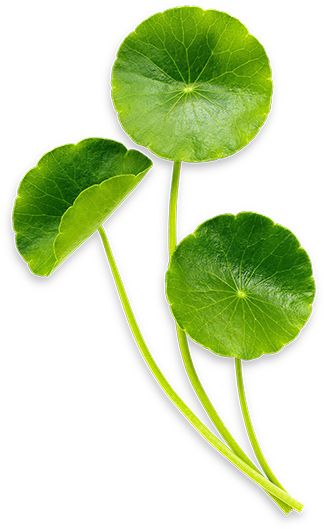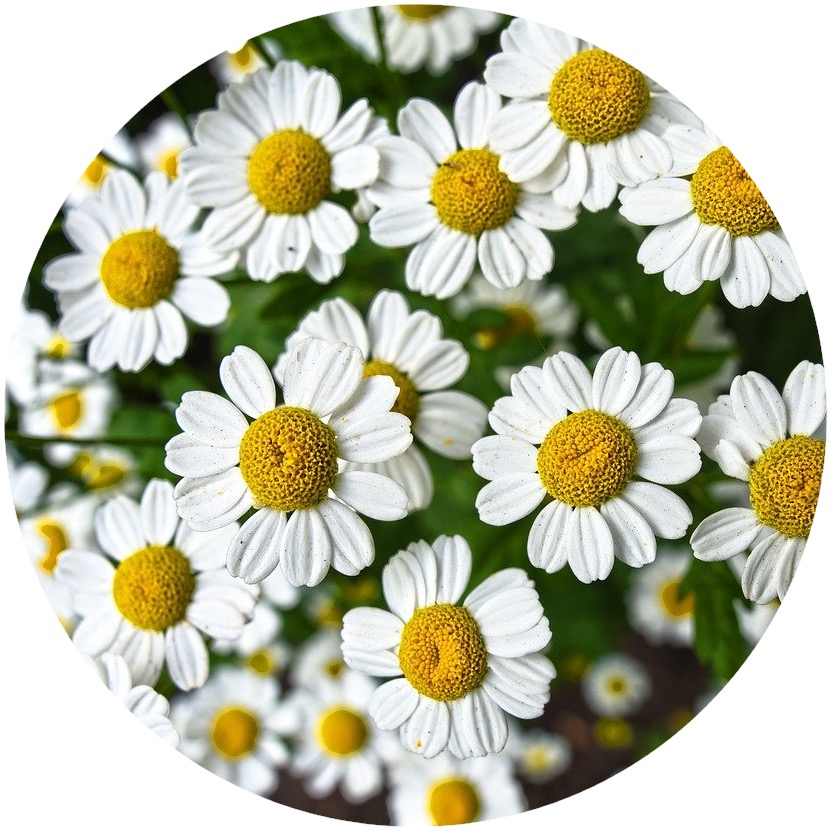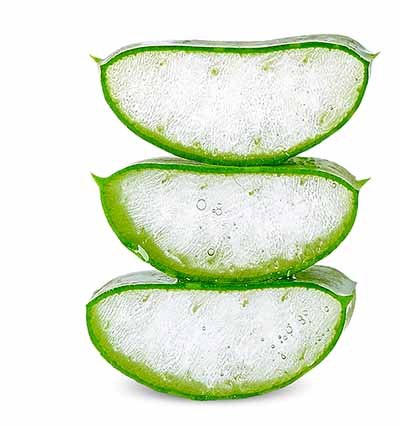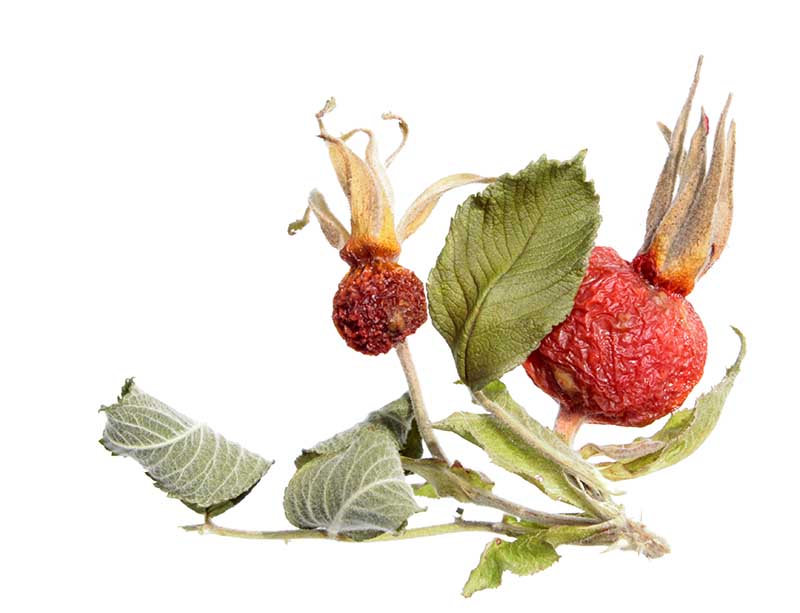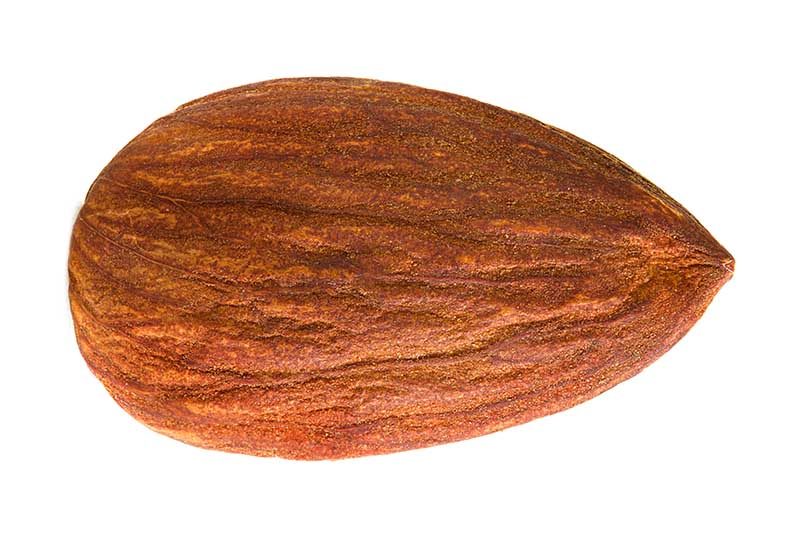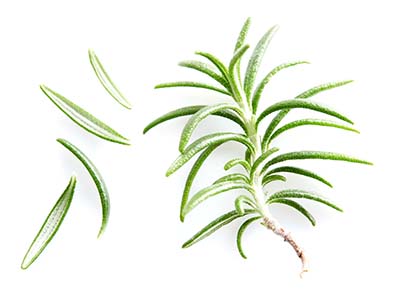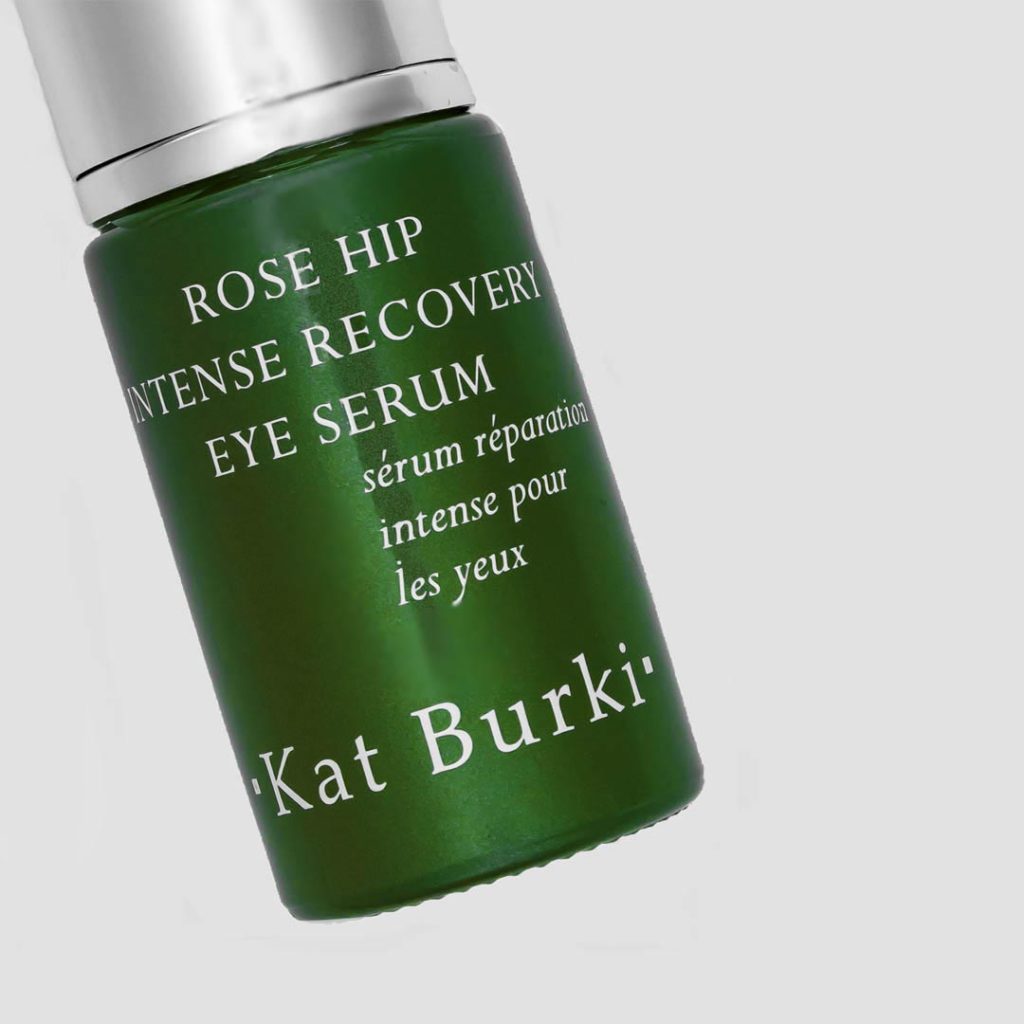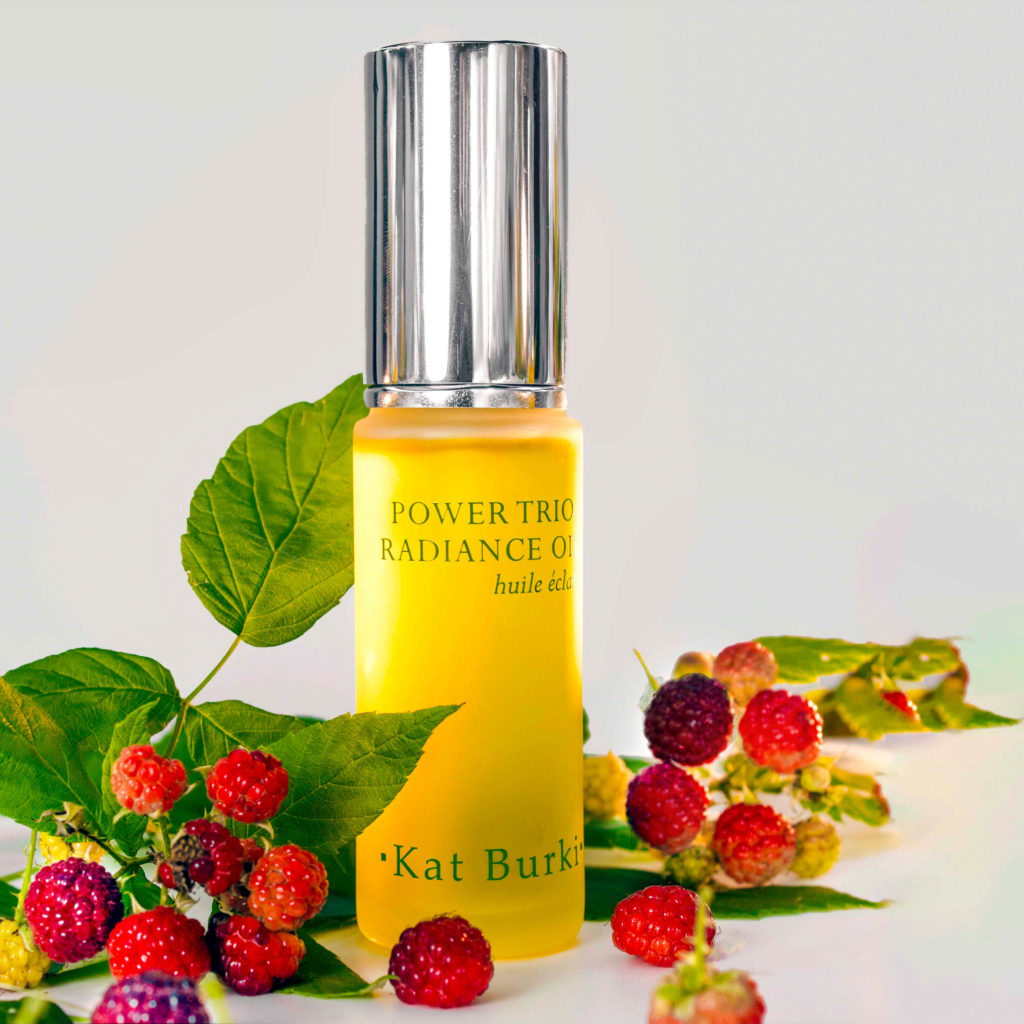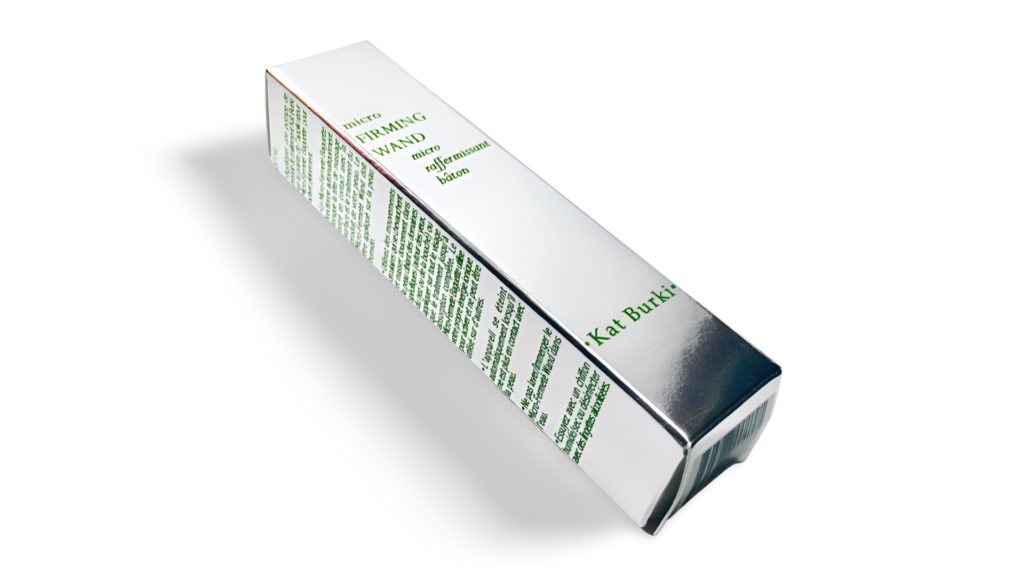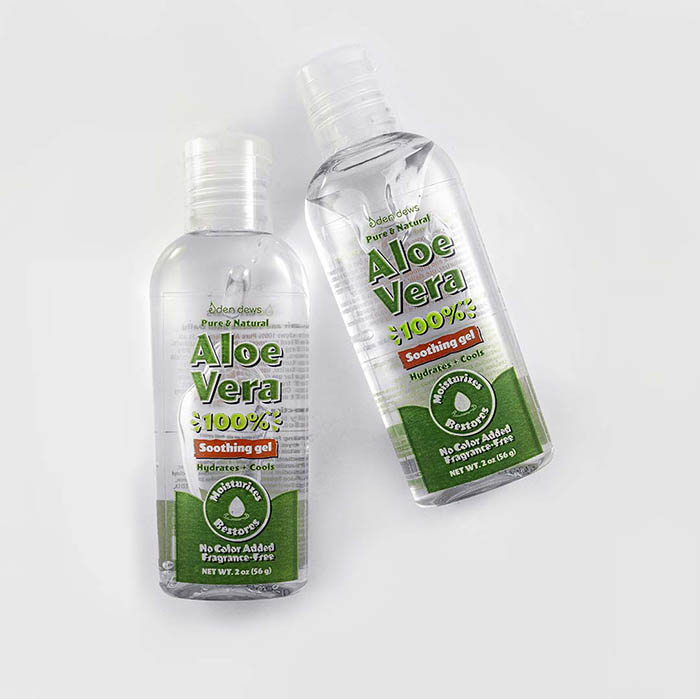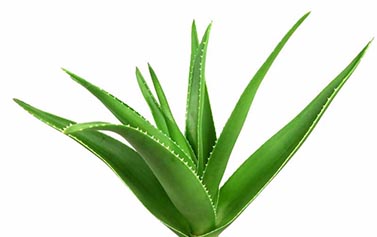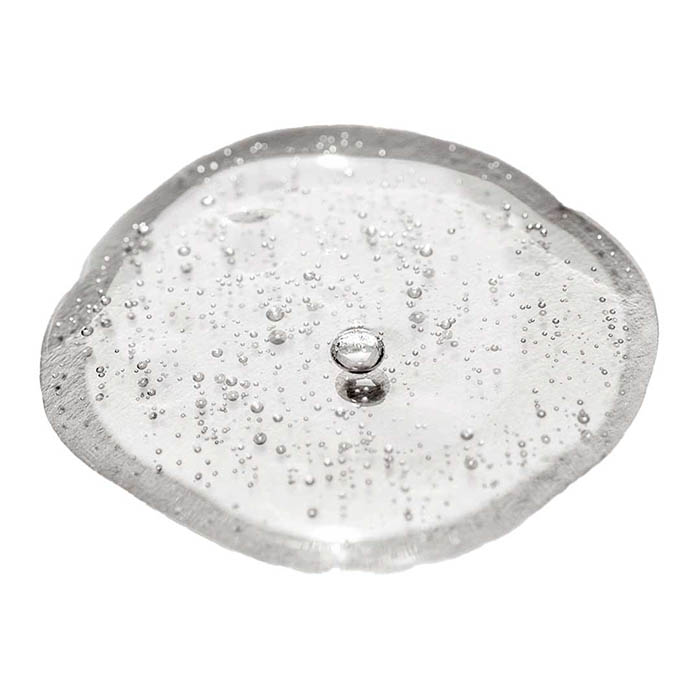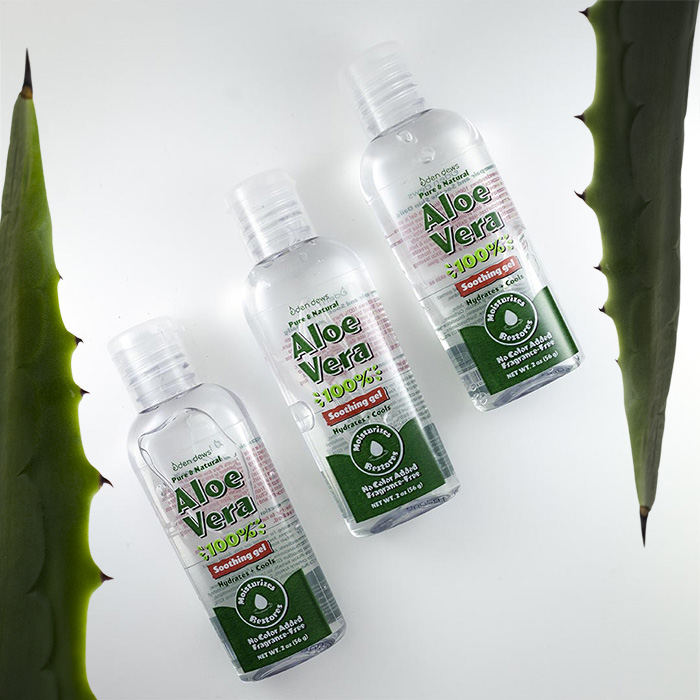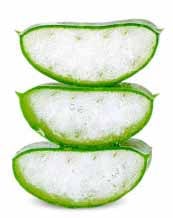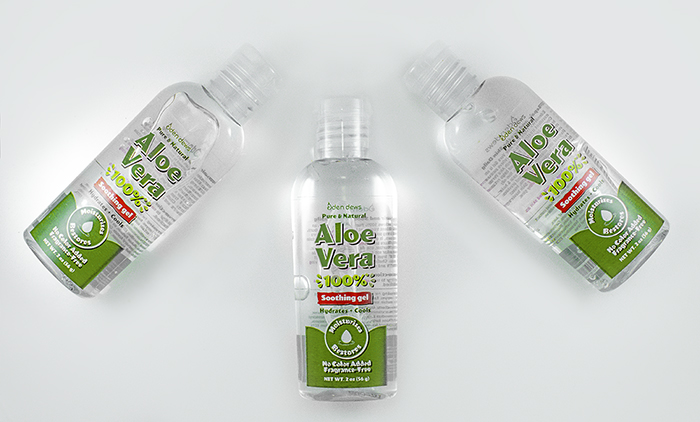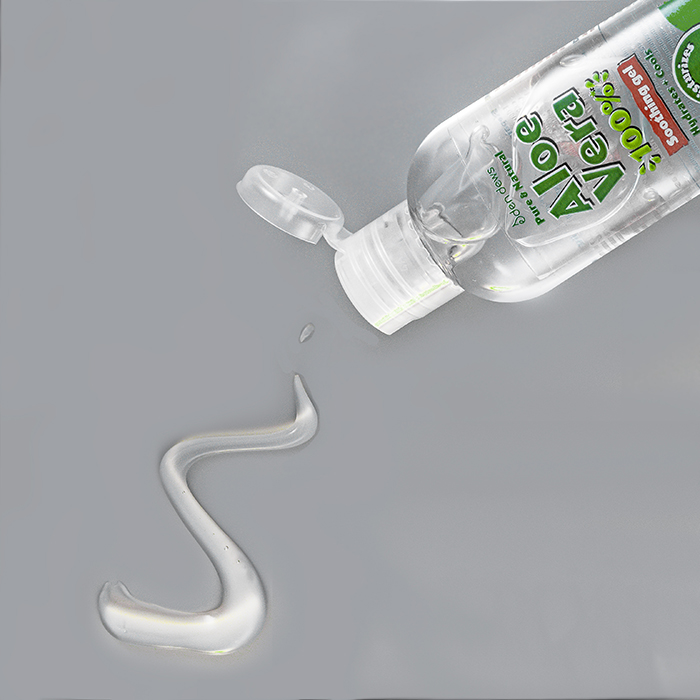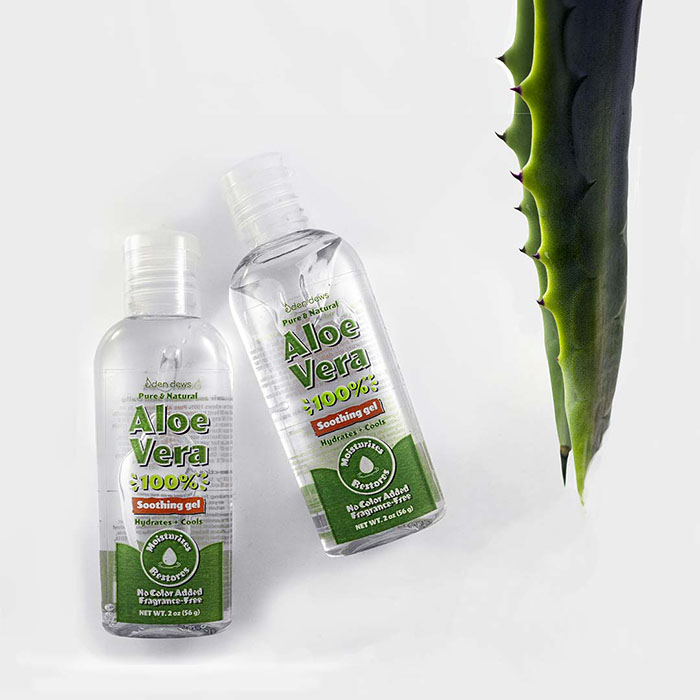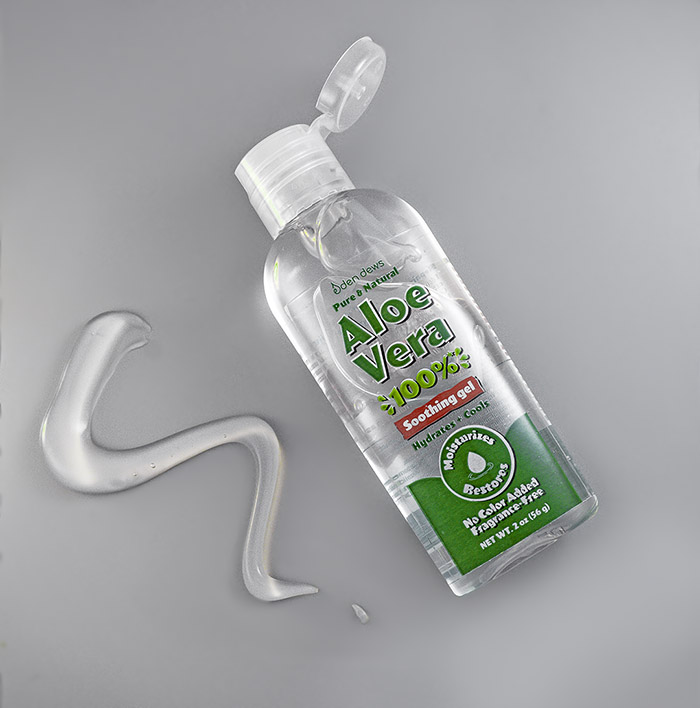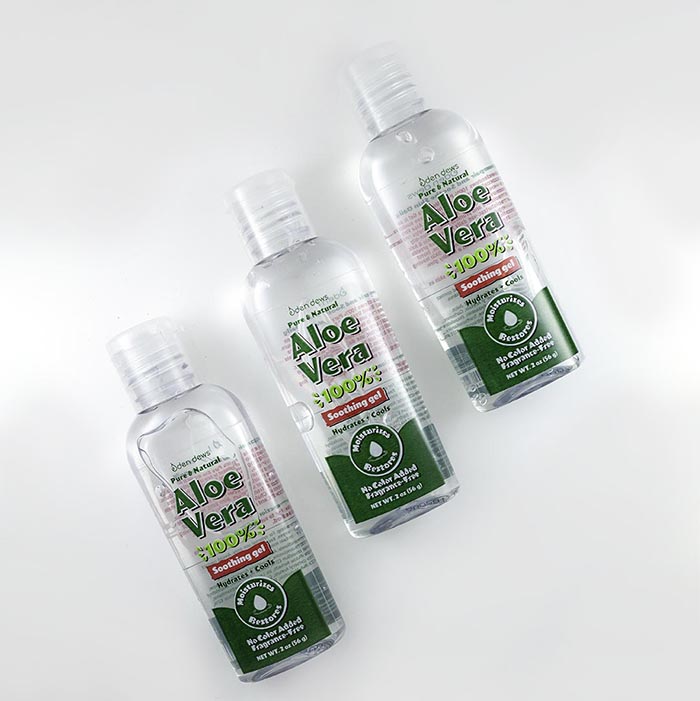We all know Aloe Vera can soothe a sunburn or help heal a scraped knee. But exciting research now explains how this well-known wound healer can improve the appearance of skin, namely by ramping up Collagen type III production, enhancing elastin, and restoring moisture to dry, hardened skin.
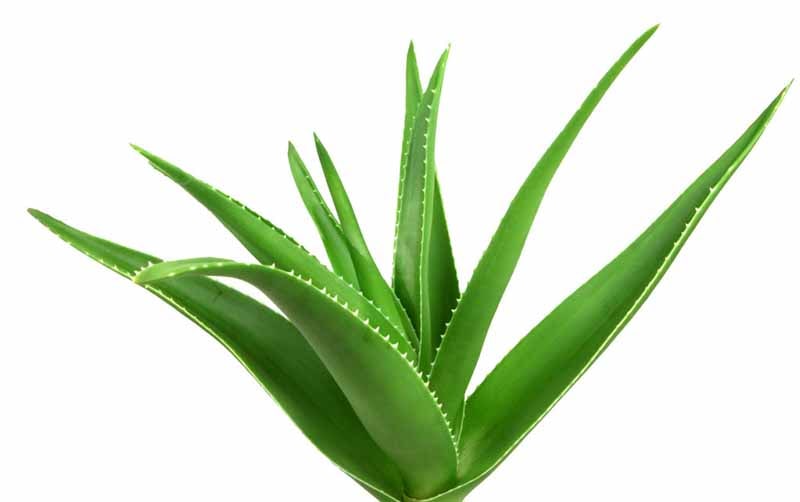
About Aloe Vera Gel
Did your Grandma keep an Aloe Vera plant in her kitchen? Aloe Vera is a folklore remedy for a variety of skin conditions ranging from bug bites to sun burn. But this humble plant boasts big beauty benefits.
Aloe Vera gel contains over 75 nutrients to feed the skin. Two important nutrients for younger looking skin are Glucomannan and Amino Acids.
Glucomannan is a big part of why Aloe Vera is such a great healer. It is also why Aloe can produce younger looking skin.
THE RESEARCH: Collagen Production and Aloe Vera
Aloe Vera contributes to collagen regeneration which is helpful in wound healing.
Topical Aloe Vera gel application causes its’ Glucomannan to interact with skin fibroblasts. That significantly increases collagen synthesis. [1]
But here is the best part:
Studies show aloe gel not only increased the collagen in a wound, but changed the collagen composition to increased collagen type III.
Collagen type III is also known as “baby collagen”. Baby collagen is the best kind of collagen for youthful skin. We lose Collagen type III with age.
Studies also show topical Aloe Vera application increased the degree of collagen cross linking. This contracts the skin. Another benefit is it also increases hyaluronic acid synthesis. [2]
What does that mean?
- Aloe Vera gel on a wound causes optimal scar tissue healing (smaller, tighter, smoother scars)[3]
- Aloe Vera gel on skin can increase collagen III and hyaluronic acid – two sources of youthful skin
I am SO slathering my face and throat with Aloe Vera gel now.
Moisturizing and anti-aging effect of Aloe Vera
Mucopolysaccharides help in binding moisture into the skin.
Aloe stimulates fibroblast also stimulates elastin fibers. Elastin gives skin its springy bounce back. The more elastic the skin is, the less wrinkled.
It also has cohesive effects on the superficial flaking epidermal cells by sticking them together, which softens the skin.
Aloe Vera contains ample Amino acids. These amino acids soften hardened skin cells.
One study found wearing aloe vera gel gloves “improved the skin integrity, decreases appearance of fine wrinkle and decreases erythema”. [4]
Summary of Aloe Vera for Younger Looking Skin
Topical Aloe Vera application can stimulate key younger skin components which we lose with age: collagen type III, elastin, and hyaluronic acid. The Amino acids in Aloe Vera gel can soften hardened skin and improve chronically dry skin, along with decreasing fine wrinkle appearance.
Was this Ingredient Overview helpful? Then you may like other Ingredients Overviews such as:
Find more natural ingredients in the Style Chicks Defining Beauty Glossary. The Defining Beauty Glossary contains many helpful hair and skin care ingredients.
Want to know more about natural ingredients that support Collagen type III production? Read about Shisiedo’s Groundbreaking study in this article.
References
- Chithra R Sajithlal GB, Chandrakasan G. Influence of aloe vera on collagen characteristics in healing dermal wounds in rats. Mol Cell Biochem. 1998;181:71–6.
- Heggers J, Kucukcelebi A, Listengarten D, Stabenau J, Ko F, Broemeling LD, et al. Beneficial effect of aloe on wound healing in an excisional wound model. J Altern Complement Med. 1996;2:271–7.
- Chithra P, Sajithlal G, Chandrakasan G. Influence of aloe vera on the glycosaminoglycans in the matrix of healing dermal wounds in rats. J Ethnopharmacol. 1998;59:179–86.
- West DP, Zhu YF. Evaluation of aloe vera gel gloves in the treatment of dry skin associated with occupational exposure. Am J Infect Control. 2003 Feb;31(1):40-2. doi: 10.1067/mic.2003.12.
